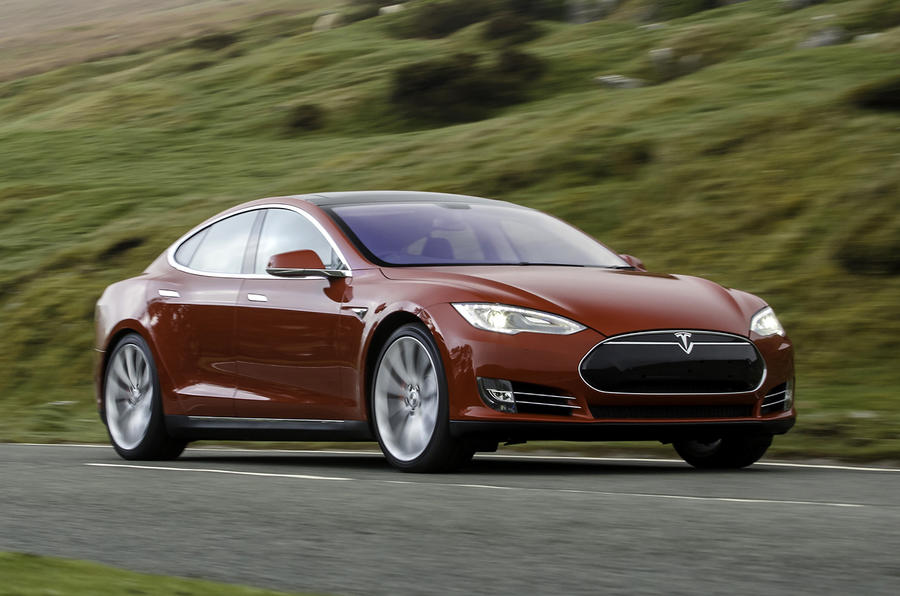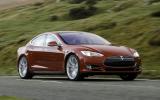What is it?
Is the Tesla Model S the most Darwinian car ever? It certainly seems to be evolving at a heck of a rate, because every time we jump into a Model S, even after the shortest of interludes, something always seems to have changed.
This is because Tesla is consistently sending out software updates which rectify bugs and add features. It happens while owners are safely tucked up in bed and the car’s hooked up to wi-fi, with no need to give up your vehicle to a dealer and enter the scrum for a loan car.
The Tesla Model S is a fully-electric saloon with supercar performance, what is not to like
The latest update is version 7.0, which includes the much talked-about optional Autopilot feature. This means the Model S will steer, accelerate, brake and park itself, feeding off a mix of radar, cameras and GPS data to ‘see’ where it’s going. The update also includes a new, cleaner-looking instrument display.
However, it’s not just software updates; there have been hardware changes, too. Earlier this year Tesla introduced dual-motor four-wheel drive on the insanely quick – literally so with its ‘Insane’ mode that sets it to maximum attack – P85D. However, you can also have four-wheel drive on the entry-level model, which has a larger 70kWh battery than before for added range, and hence the new 70D designation.
You can still buy a two-wheel-drive version, but instead of the single 377hp motor driving the rear wheels in the 70, the 70D has two 255bhp motors, with one mounted on each axle. When you include the limitations of the battery this equates to a total power figure of 324bhp, with 387lb ft available from the moment the motors begin to rotate.
The range is actually boosted over that of the two-wheel-drive model thanks to the better combined efficiency of two motors, meaning the 70D will theoretically travel 275 miles between charges. Realistically that’s more like 150-200 miles, depending on ambient temperature, equipment usage, the type of driving you’re doing and your driving style.


























Join the debate
Add your comment
Battery Size
Model X Review
Tesla